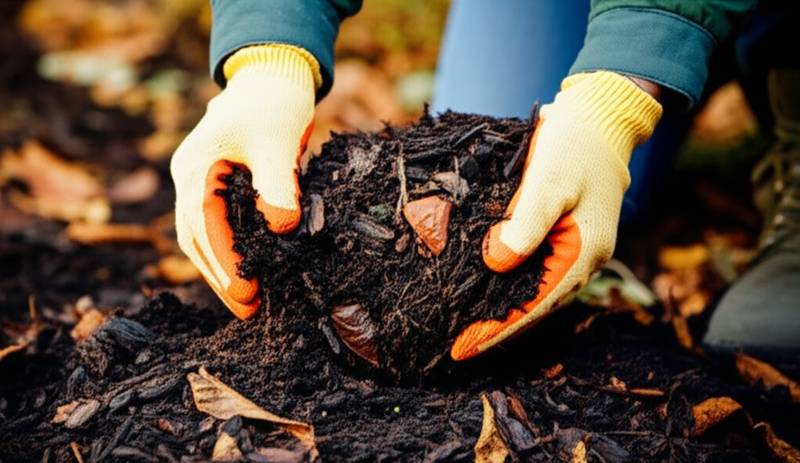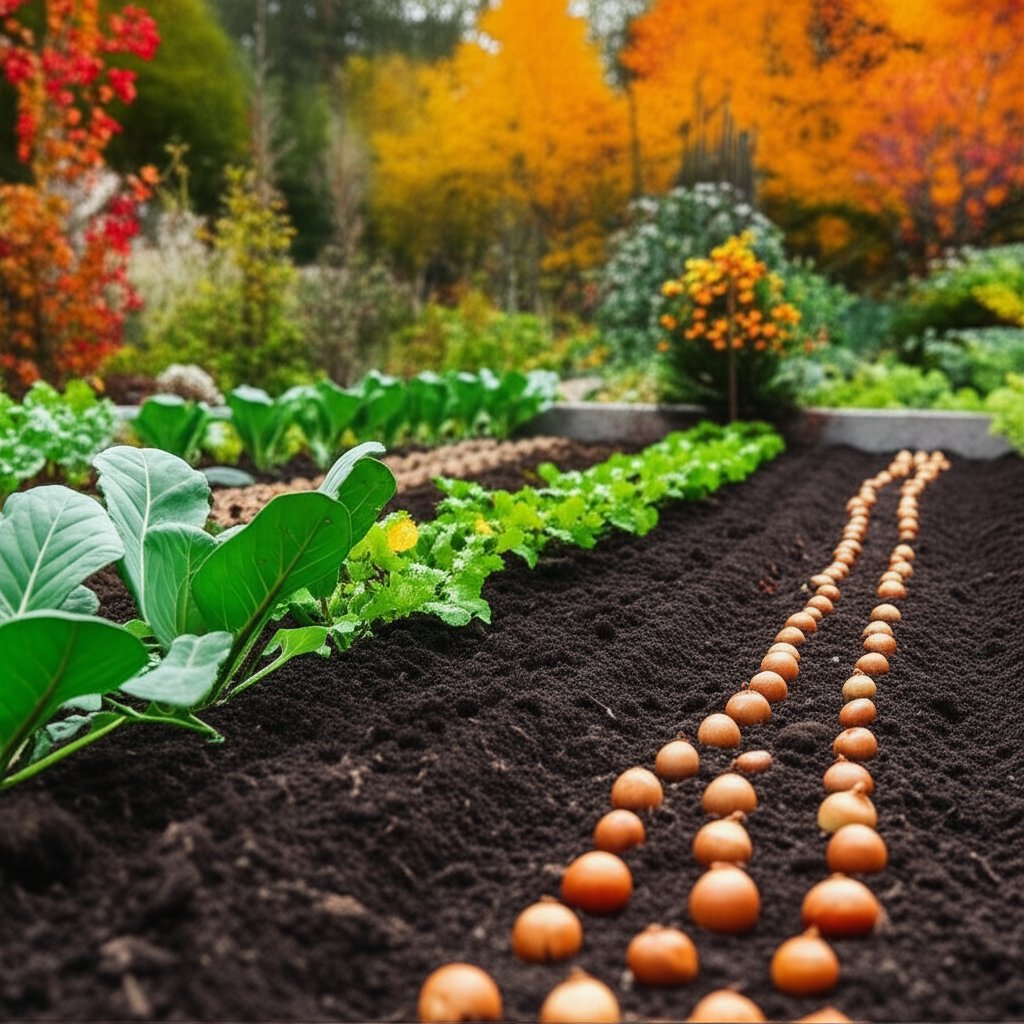The Power of Fall Mulching for Soil Restoration
Early fall brings a subtle shift to the garden. Fading flowers and falling leaves signal the end of vigorous growth, leaving soil depleted from the season's demands. Gardeners often sense this transition and seek ways to nurture the earth beneath their plants. Fall mulching offers a straightforward solution to restore soil health, safeguard roots, and ensure a strong foundation for the year ahead.
This practice extends beyond routine maintenance. It nourishes the soil, maintains consistent moisture, and buffers against temperature fluctuations. By investing time in mulching now, gardeners reduce spring workloads and promote long-term vitality. Consider this layer of organic material as essential support for your garden's underground network.
Evaluate Your Garden's Condition
Begin with a thorough assessment of your garden. Walk through the beds and observe signs of wear, such as compacted or parched soil. Identify bare spots overrun by weeds or areas where roots appear vulnerable. This evaluation reveals specific needs and guides your mulching strategy.
Reflect on these key indicators:
- Areas most affected by summer drought or heat.
- Plants that exhibited stress, like wilting or stunted growth.
- Zones prone to erosion, shown by water runoff or pooling.
Such observations determine where mulch will provide the greatest benefit. Tailor the type and depth of mulch based on these insights to address issues effectively.
Select Appropriate Mulch Materials
Choosing the right mulch sets the stage for success. Organic options like shredded bark, compost, or straw decompose over time, enriching the soil with nutrients. Inorganic choices, such as gravel, suit pathways but offer less nutritional value for planting beds.
Consider your garden's requirements when selecting:
- For moisture retention in flower beds, opt for fine-textured materials like pine needles.
- In vegetable gardens, use straw or leaves to suppress weeds without hindering growth.
- Around trees and shrubs, apply coarse wood chips for durability and insulation.
Source materials from local suppliers or recycle garden waste, such as fallen leaves, to keep costs low and support sustainability. Avoid synthetic mulches that may impede natural processes.
Prepare the Soil Surface
Proper preparation ensures mulch performs at its best. Clear the area of weeds, spent plant matter, and any diseased foliage to prevent pest harboring. These elements could otherwise proliferate under the mulch layer.
Gently aerate the topsoil using a fork or trowel to improve drainage and oxygen flow. If the soil appears dense, incorporate a thin layer of compost to boost fertility. This amendment activates beneficial microbes and prepares the ground for winter.
Conclude preparation with a deep watering. Saturated soil under mulch maintains humidity and facilitates organic breakdown during colder months.
Apply Mulch Effectively
With preparation complete, apply mulch evenly. Aim for a depth of two to four inches, keeping it away from plant stems and tree trunks to avoid rot. Spread it uniformly to cover soil without creating mounds.
Follow these application steps:
- Start at the edges and work inward for consistent coverage.
- Use a rake to smooth the layer and eliminate air pockets.
- Check for even distribution, adjusting as necessary.
This method maximizes protection while allowing the soil to breathe. Reapply in areas where settling occurs over time.
Allow Natural Processes to Unfold
After application, step back and let natural forces take effect. Rainfall and soil organisms gradually decompose the mulch, releasing essential nutrients. This process enhances soil structure, boosts microbial populations, and regulates hydration.
Patience proves invaluable here. Visible changes may take time, but underground activity builds resilience. In spring, expect improved tilth, reduced weed pressure, and vigorous plant emergence.
Steer Clear of Mulching Pitfalls
Missteps in mulching can undermine benefits. Address these common errors to achieve optimal outcomes.
Excessive Depth
Overly thick layers suffocate roots by trapping excess moisture and limiting air. Maintain a balanced depth and monitor for compaction, refreshing only as required.
Unseasoned Wood Chips in Edible Gardens
Fresh chips deplete soil nitrogen during breakdown. Select aged or composted alternatives for food crops, reserving fresh types for ornamental or path areas.
Overlooking Soil Health
Mulch enhances but does not cure poor soil. Amend compacted or deficient ground with organic matter prior to mulching for superior integration.
Skipping Pre-Mulch Watering
Dry underlying soil resists future hydration. Always moisten the area first to seal in benefits.
Enhance Garden Aesthetics with Mulch
Mulch contributes to visual appeal as well as function. Its color and texture delineate spaces, accentuate plantings, and create a unified look. Bark mulch around perennials provides a warm contrast, while straw in veggie plots adds rustic charm.
Select uniform materials to foster cohesion. This approach shifts focus to foliage and flowers, elevating the garden's overall design. Mulching thus blends utility with artistry.
Manage Seasonal Transitions
As winter nears, mulched areas compact naturally, offering frost protection. In harsh climates, add a light refresh before deep freezes. In spring, rake back mulch gently to warm the soil and encourage growth.
Develop a routine attuned to your locale. Fall mulching insulates, winter allows recovery, and spring unveils renewal. This cycle deepens your engagement with the garden's rhythms.
Implement Mulching in Your Garden
Apply these principles starting small, perhaps with a single bed. Select materials suited to your plants and soil type. As you layer the mulch, observe the transformation in texture and aroma.
Engage fully in the process. The act fosters a bond with the earth, emphasizing care over flawlessness. Your efforts invest in the vital, hidden world below.
Through winter, the garden regenerates quietly. Roots strengthen, and soil teems with life. Spring will demonstrate the impact through robust plants and fertile ground.
Fall mulching delivers profound rewards with minimal effort. It converts autumn into a period of preparation, equipping your garden for sustained success. Each application cultivates not just soil, but a lasting harmony with nature.

